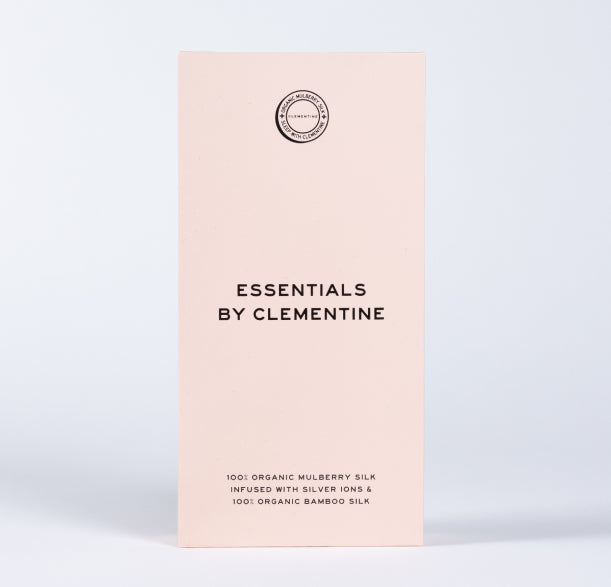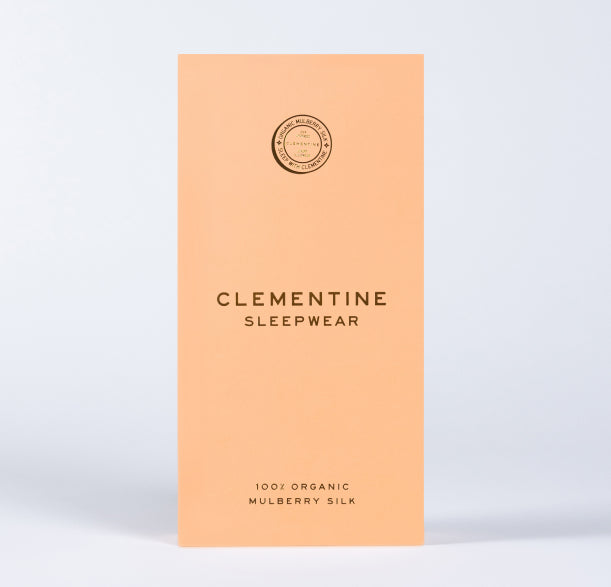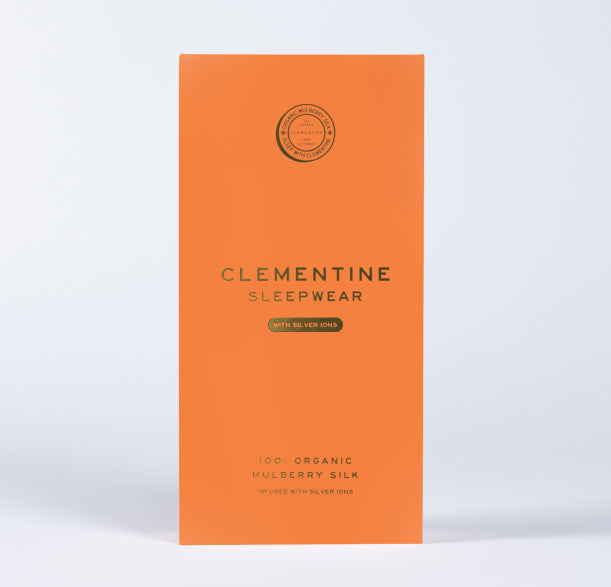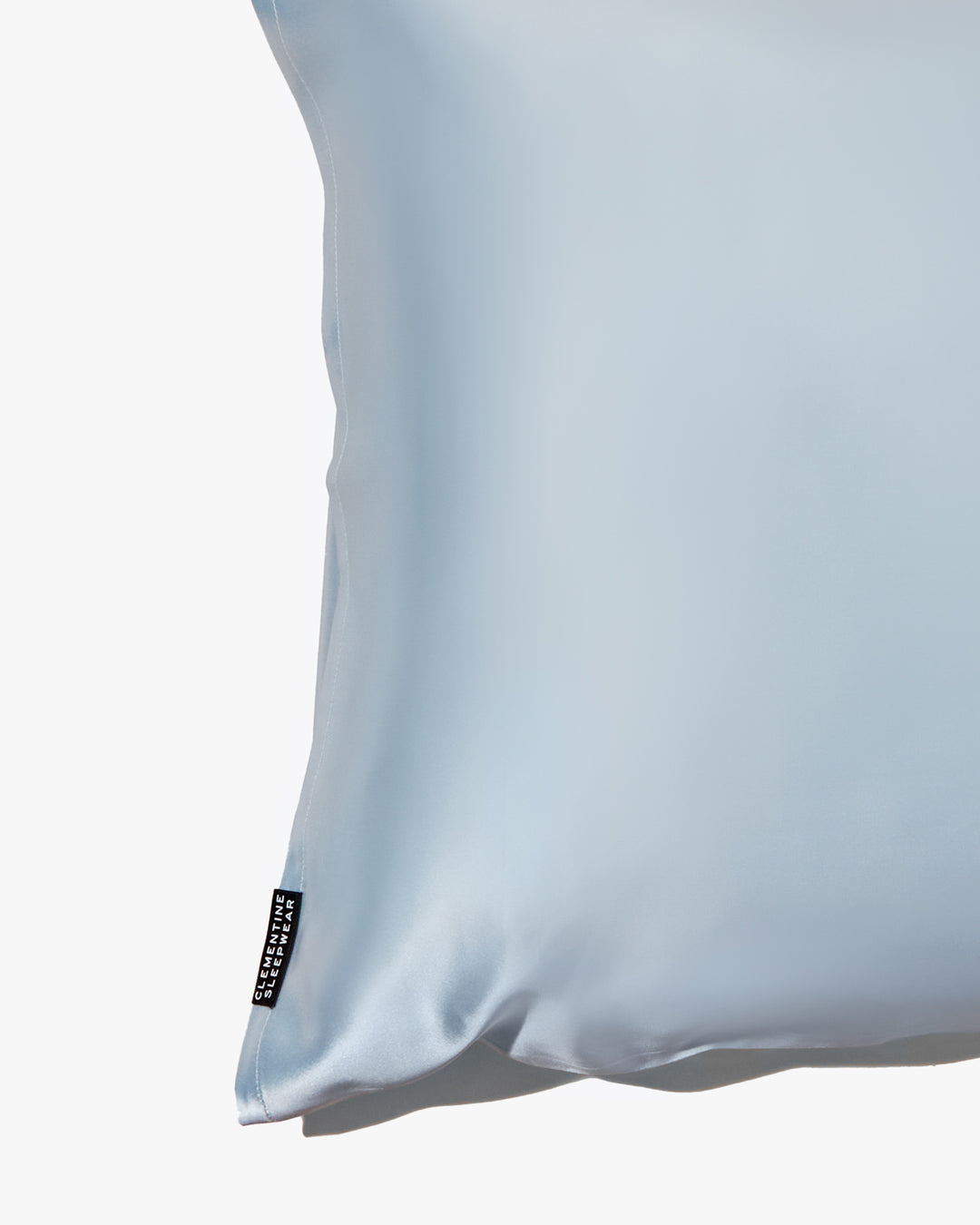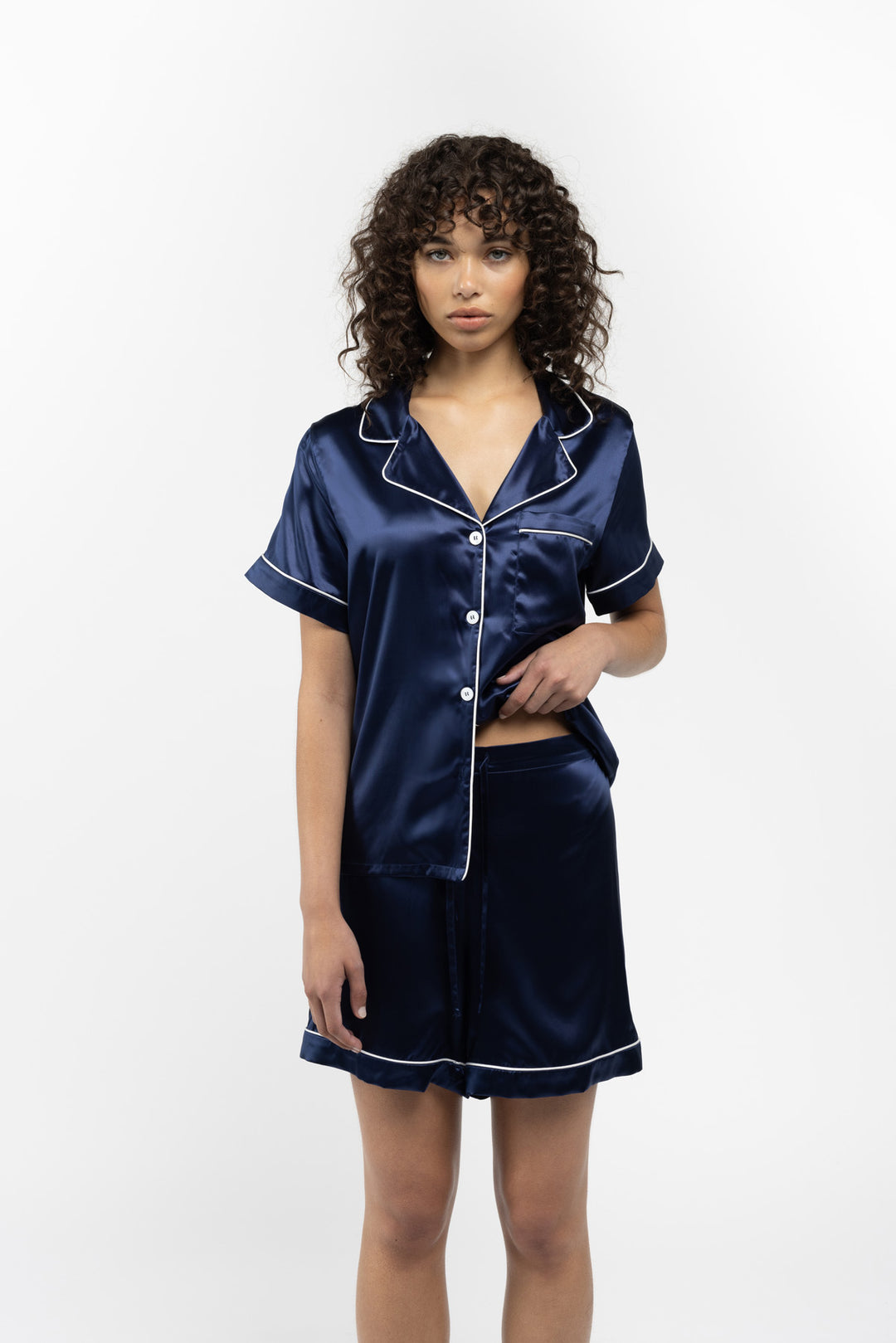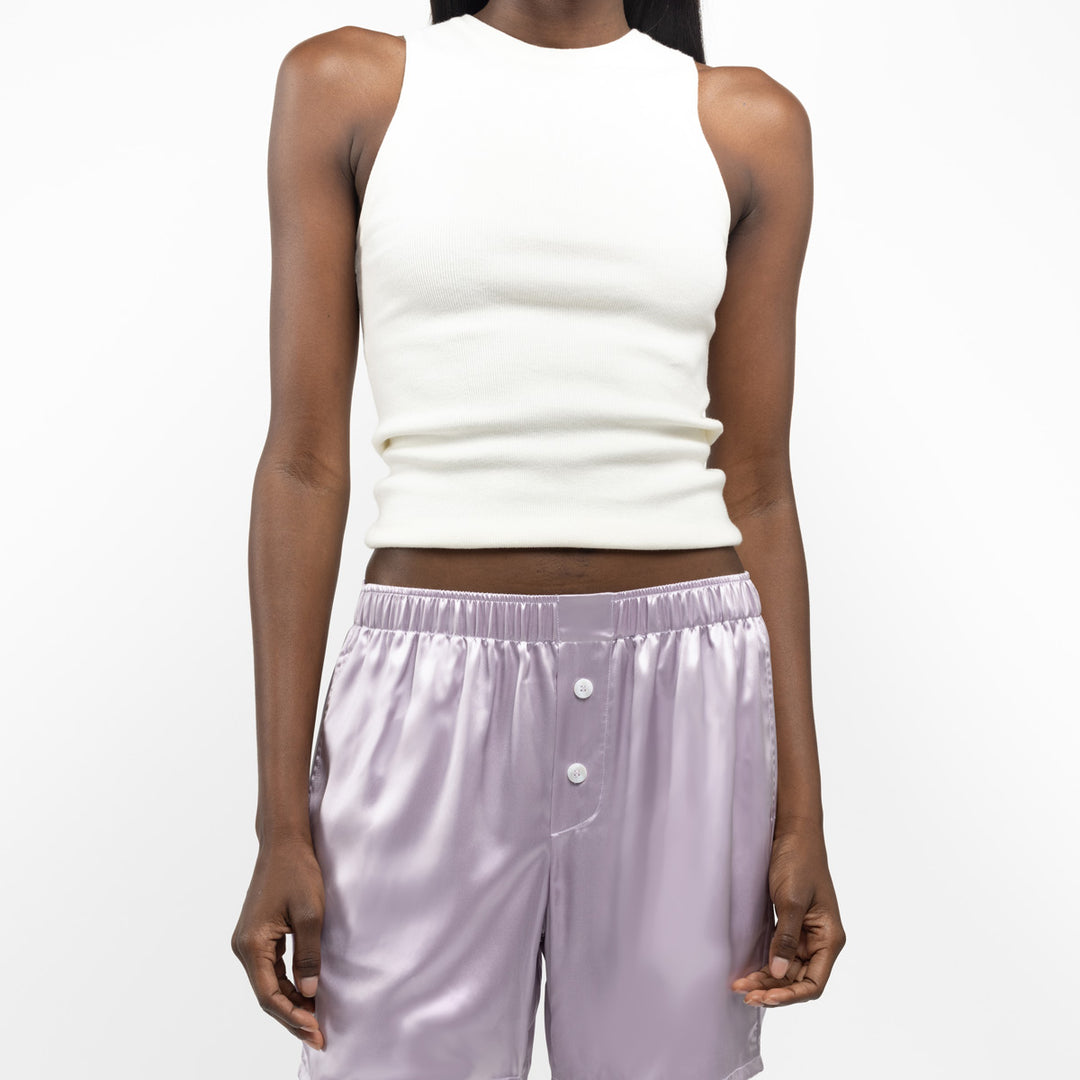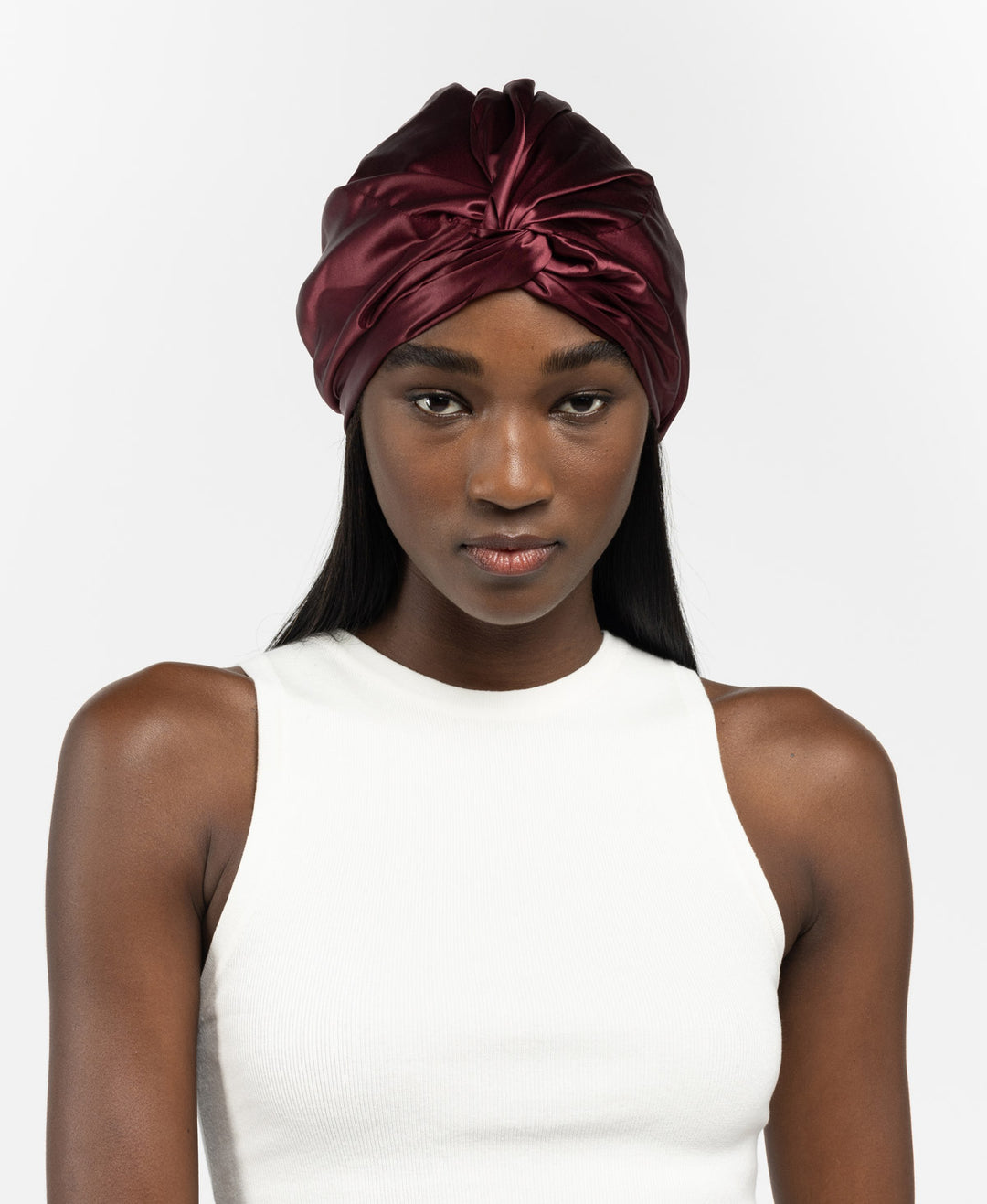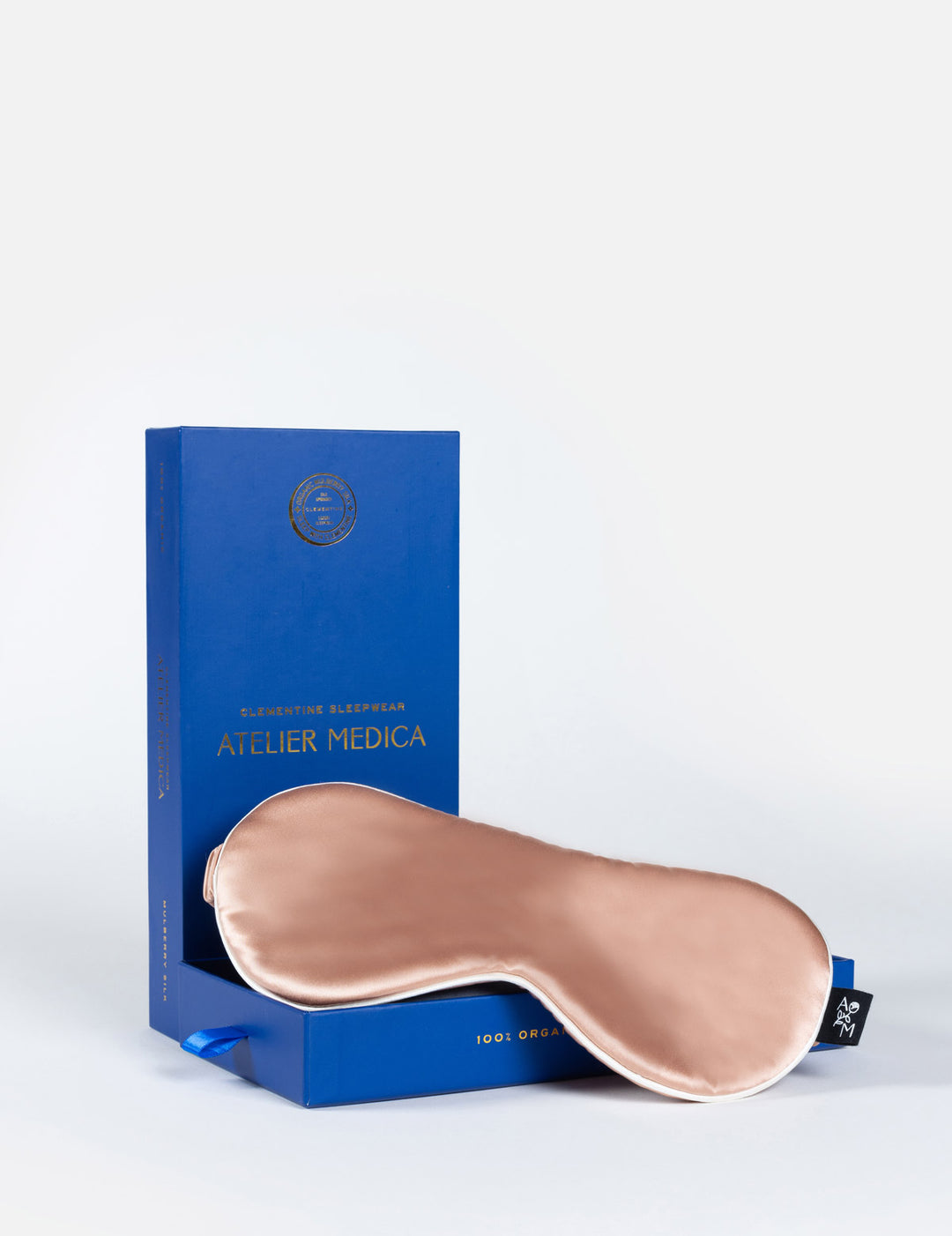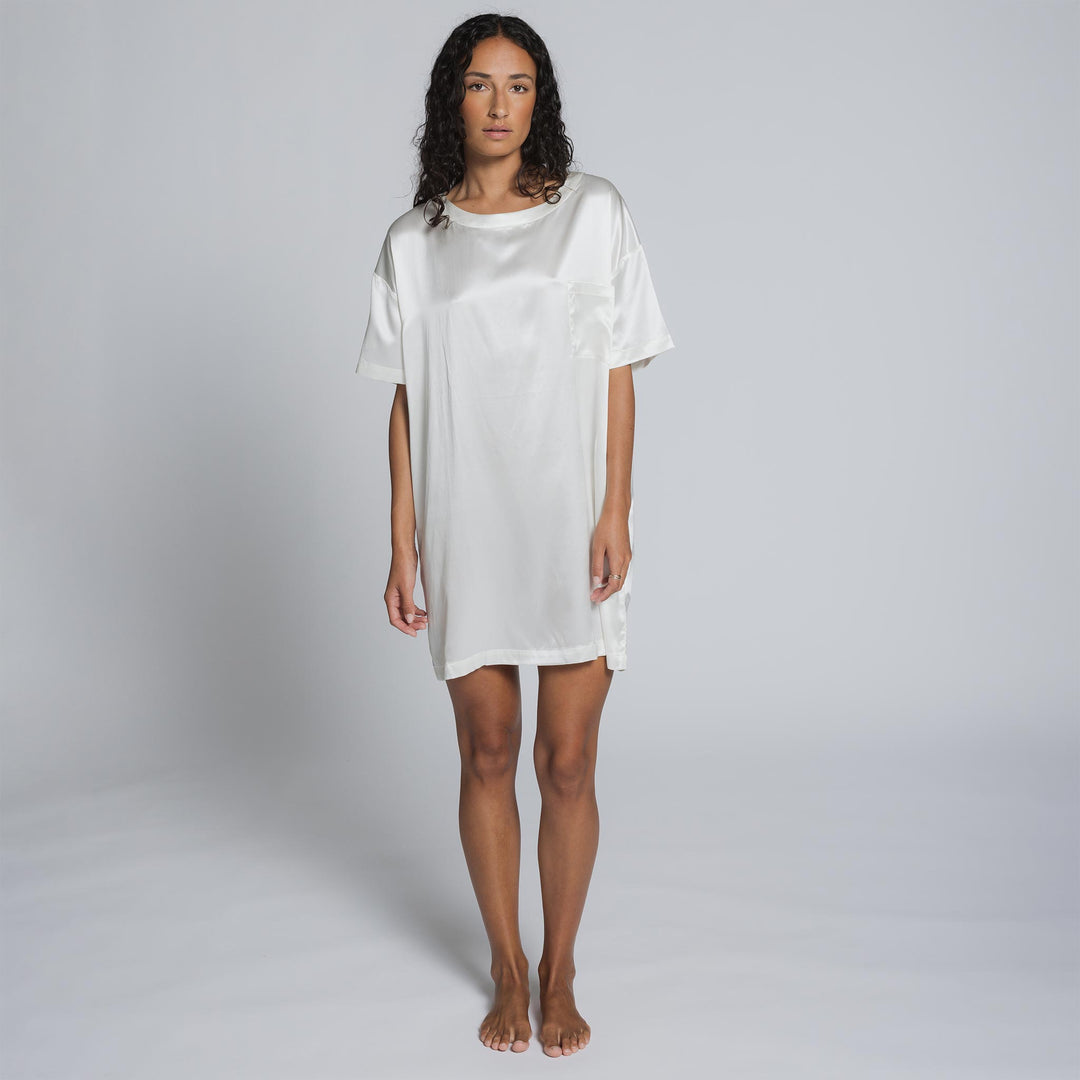The differences between silk and linen
Do you have trouble sleeping at night or feeling uncomfortable when wearing certain fabrics? The fabric that you choose to sleep in can make a huge difference to both the quality and comfort of your sleep cycles. Silk and linen are two of the most popular materials used for bedding and other textiles, but what exactly is the difference between them and why should you opt for silk? Let's explore their properties and attributes—from aesthetic appeal to thermoregulation—to see which one fits your needs better.
Understanding the basics of silk and linen fabrics
Silk and linen fabrics are both natural materials that have been used for centuries to create clothing and textiles. While silk is known for its delicate and luxurious feel, linen boasts a more rugged texture that is perfect for everyday wear. Both linen and silk have long fibers with silk fibers longer than linen's. Because of this, both fabrics have a flowy feel to them but silk is much stronger, with the ability to stretch by about 20% before breaking. When it comes to choosing the best fabric for sleeping, however, silk is a clearly better choice. Silk is incredibly soft and gentle on the skin, making it ideal for those with sensitive skin or allergies, or for those who are more interested in skin health, anti-aging, skin hydrating, and hair repair. Linen, on the other hand, has a rougher feel to it which can be nice for some who prefer it to the smooth luster of silk. Both can regulate body temperature during the night though silk is better at it. Ultimately, the choice between silk and linen will depend on personal preferences and needs. By understanding the basic differences between these two fabrics, you can make an informed decision and choose the best material for your next restful night's sleep.

Examining the properties of each fabric – durability, breathability, comfort, etc.
Silk is known for its softness and luxurious feel, while linen is favored for its breathability and durability. Comfort is also a crucial factor in getting a good night's sleep. Some people find the smoothness of silk soothing, while others prefer the crispness of linen as the better option. It all comes down to personal preference and what feels best against your skin. So, whether you choose silk or linen, be sure to prioritize comfort above all else for a restful night's sleep. If you care about reducing the appearance of wrinkles and fine lines on your face, and hair repair and replenishment, consider silk for your sleep mask, pillowcase, and if you use one, hair bonnet. Then if you like the feel of linen, go for it and get linen sheets. Why not pick up silk pajamas, and then you've got the best of both worlds too? For beauty and reducing the signs of aging, make sure silk is used up to near your face and hair - and for the rest of your body, consider which is best for you.
Discussing the health and beauty differences between silk and linen
Silk has a smooth and luxurious texture that glides over your skin, helping to prevent wrinkles and hair breakage while also restoring skin and hair hydration, guarading against it drying out. You won't get these beauty benefits with linen. The rougher texture is going to form abrasive friction with the skin and cause it to dry out and get damaged. Hair oils will seep into the linen and cause the hair to dry out, become brittle, and potentially break. This applies mostly to products that are around your face and hair. The natural proteins and amino acids in organic silk also help to regulate moisture, keeping your skin hydrated and reducing the appearance of fine lines and wrinkles. Linen is still great - it is a breathable, lightweight fabric that's perfect for hot summer nights so if you're in a summer environment, both silk and linen can get the job done - if you were to test them (as we have), you'll find silk feels a lot better in summer. In winter, we really like both around our body (remembering up top around the face, gotta keep it silk, and specifically organic silk to lower the toxic load on your skin). Silk is extremely resistant to bacteria and dust mites, making it hypoallergenic and a great choice for anyone who finds that important. Linen can be a bit rougher in texture, which may not be as comfortable for some people so ultimately, the choice between silk and linen comes down to personal preference and what works best for your body.

Assessing which fabric is more suitable for skin health and hair health
In terms of skin health, silk is a clear winner as it contains a natural protein called sericin that can help retain moisture and promote anti-aging effects. Organic silk goes a step further by lowering the toxin load and ensuring that chemicals and pesticides don't leach into your nighttime routine. When it comes to hair health, silk is once again the favored option as it can help prevent frizz and hair damage by reducing friction between the hair and pillowcase. So, while both fabrics have their unique benefits, silk seems to be the more suitable option for those who prioritize skin and hair health while they snooze
As a general rule, here's our winners:
- For anti-aging skin health: Organic silk
- For hair health, repair, and replenishment: Organic silk
- For pillowcases, hair bonnets, & sleep masks: Organic silk
- For sheet comfort during summer: We prefer organic silk, others prefer linen
- For pajamas in summer: Organic silk
- For sheet comfort during winter: Linen may win out here
- For pajamas in winter: We really like both, it's personal preference

Exploring what makes silk stand out from other fabrics
Silk is truly a remarkable fabric that stands out from the rest for a variety o reasons. For one, it is made up of sericin, a natural protein that gives silk its lustrous appearance and luxurious feel. But it's not just its beauty that makes silk special - it is also able to regulate temperature, keeping you cool in the summer and warm in the winter. While linen may also provide some temperature regulation, it doesn't have the same silky touch as silk. It's not just comfort that sets silk apart, however. The natural proteins in silk also can repair damaged hair and promote healthy skin. So whether you're looking to layer up or just want to indulge in some self-care, you can't go wrong with silk. By upgrading to organic silk, you lower your toxic load and get an upgraded luxury experience, free of pesticides, unwanted blends, and chemical washes that many brands use.
Showcasing ways to care for both fabric materials
Whether you prefer the luxurious feel of silk or the breezy texture of linen, it's important to properly care for both fabric materials. While silk may require more delicate handling, both materials benefit from gentle laundering and low-heat drying to prevent shrinkage or damage. And with both fabrics boasting natural moisture-wicking properties, they're both great choices for a comfortable night's sleep. So whether you're slipping into silk or cuddling up in linen, taking care of your fabrics will ensure they stay in top condition for nights to come.
Ultimately, it is up to you to decide which fabric best fits your lifestyle. Silk and linen both have strong qualities that make them suitable choices for clothing and bedding. Linen provides enhanced durability while silk offers more comfort and breathability due to its unique fibers. In addition, silk is known to provide beauty benefits such as hydrating properties that keep skin healthy and soft hair. What makes silk stand out from other fabrics is its organic GOTS certification which ensures that the fabric is free of toxins, heavy metals, carcinogenic chemicals, and residues from pollutants, and uses environmentally friendly dyes. As a reminder, all of Clementine Sleepwear's products are made with eco-friendly, organic GOTS certified silk. To learn more about our beautiful selection of sleepwear - visit Clementine Sleepwear today!

